Table of content
Introduction
Walnuts, often hailed as “nature’s brain food,” are a treasure trove of nutrients packed into a small, crunchy shell. Rich in omega-3 fatty acids, antioxidants, vitamins, and minerals, walnuts offer a myriad of health benefits, ranging from improved heart health to enhanced cognitive function. However, despite their nutritional prowess, many people find raw walnuts somewhat bland and unappealing. The good news is, there are countless ways to transform these nutritious kernels into delicious and satisfying treats. In this comprehensive guide, we’ll explore various methods and recipes to make walnuts not only nutritious but also mouthwateringly delicious.
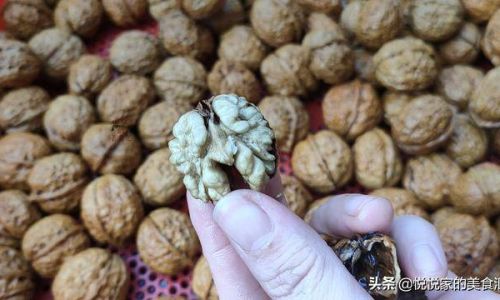
Understanding the Nutritional Value of Walnuts
Before diving into the culinary aspect, let’s briefly revisit why walnuts are such a valuable addition to your diet. They are particularly rich in polyunsaturated fats, particularly alpha-linolenic acid (ALA), an omega-3 fatty acid that supports heart health by reducing inflammation and maintaining healthy cholesterol levels. Walnuts also boast high levels of antioxidants, including polyphenols and melatonin, which help combat oxidative stress and promote overall well-being. Furthermore, they provide essential vitamins and minerals such as vitamin E, magnesium, copper, and manganese, all contributing to various bodily functions.
Choosing and Storing Walnuts
To start with, it’s crucial to select high-quality walnuts. Look for nuts that are uniformly colored, free from cracks or mold, and have a fresh, nutty aroma. Avoid walnuts that feel oily or have an off-putting smell, as these may be rancid. Once purchased, store walnuts in an airtight container in a cool, dark place. For longer-term storage, refrigerating or freezing walnuts can help preserve their freshness and flavor.
Basic Preparation Techniques
Toasting
One of the simplest ways to elevate the taste of walnuts is by toasting them. Toasting enhances their natural oils, bringing out a deeper, richer flavor. Preheat your oven to 350°F (175°C) and spread the walnuts in a single layer on a baking sheet. Toast for about 8-10 minutes, stirring occasionally to ensure even cooking. Be careful not to over-toast, as this can make them bitter. Alternatively, you can toast walnuts in a dry skillet over medium heat, stirring frequently until they turn golden brown and fragrant.
Soaking and Drying
Soaking walnuts in water overnight can make them easier to digest and enhance their nutrient absorption. After soaking, rinse them thoroughly and either pat them dry or dehydrate them at a low temperature (around 115°F or 45°C) for several hours until they are dry but still slightly moist. This process can also soften their texture, making them more pleasant to eat raw.
Spicing and Seasoning
Adding spices and herbs can transform plain walnuts into flavorful snacks. Try mixing toasted walnuts with a sprinkle of sea salt, a pinch of black pepper, or a dash of your favorite spices like cinnamon, paprika, or cumin. For a sweet twist, coat them with a light dusting of powdered sugar or a drizzle of honey before toasting.
Delicious Walnut Recipes
Walnut Butter
Homemade walnut butter is a nutritious and delicious alternative to peanut butter. Simply blend raw or toasted walnuts in a food processor until smooth, scraping down the sides as needed. You can add a bit of honey, vanilla extract, or a pinch of salt to taste. Store in an airtight jar in the refrigerator for up to a month.
Walnut-Crusted Chicken
Elevate your chicken dinner by coating it in a crunchy walnut crust. Pulse toasted walnuts, breadcrumbs, garlic powder, and parsley in a food processor until finely chopped. Dip chicken breasts in beaten egg, then coat with the walnut mixture. Bake or pan-fry until golden and cooked through. Serve with a lemon wedge and your favorite sides.
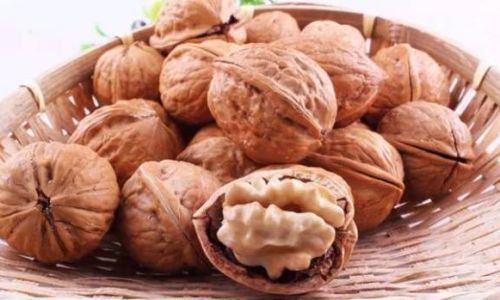
Chocolate-Covered Walnuts
Indulge in a healthy treat by coating toasted walnuts with melted dark chocolate. This not only adds a decadent flavor but also balances the health benefits of walnuts with the antioxidants found in dark chocolate. Melt chocolate over a double boiler, dip each walnut halfway, and place on parchment paper to set. Sprinkle with a pinch of sea salt or fleur de sel for an added touch of elegance.
Walnut and Date Energy Balls
These bite-sized snacks are perfect for a quick energy boost. Combine toasted walnuts, pitted dates, a touch of honey or maple syrup, and a pinch of salt in a food processor. Blend until well combined and sticky, then roll into small balls. Optionally, roll the balls in shredded coconut, chia seeds, or cacao powder for added texture and flavor. Store in an airtight container in the refrigerator.
Walnut and Kale Salad
For a nutritious and satisfying salad, combine chopped kale, toasted walnuts, crumbled feta cheese, dried cranberries, and a lemon-tahini dressing. The combination of textures and flavors makes this salad both refreshing and filling, perfect for lunch or a light dinner.
Walnut and Banana Bread
Incorporate walnuts into your baking for a nutrient-dense twist on classic banana bread. Chop toasted walnuts and fold them into the batter along with mashed bananas, melted butter, sugar, eggs, and flour. Bake until golden brown and enjoy a slice with a cup of tea or coffee.
Conclusion
Incorporating walnuts into your diet doesn’t mean sacrificing flavor for nutrition. With a little creativity and the right techniques, you can transform these nutritious kernels into an array of delicious dishes that cater to both your taste buds and your health goals. From sweet treats like chocolate-covered walnuts to savory options like walnut-crusted chicken, there are endless possibilities to enjoy the benefits of walnuts in a way that delights your palate. So, the next time you’re looking to add a nutritious and delicious twist to your meals, remember the versatility and flavor-enhancing potential of walnuts. Happy cooking!
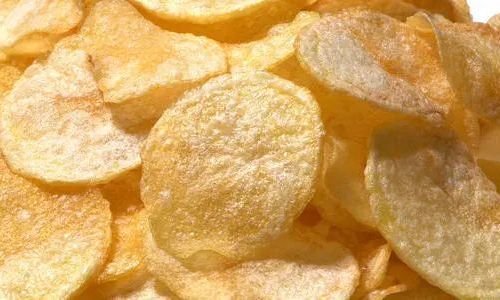

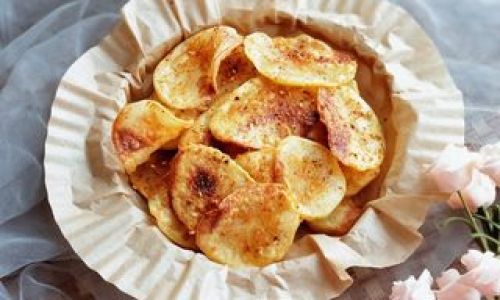

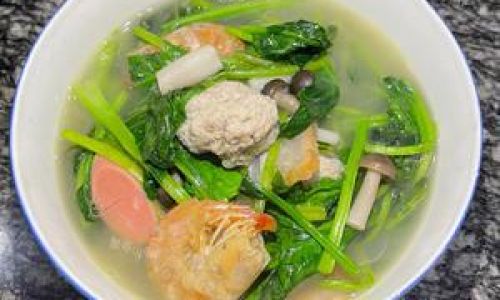
0 comments